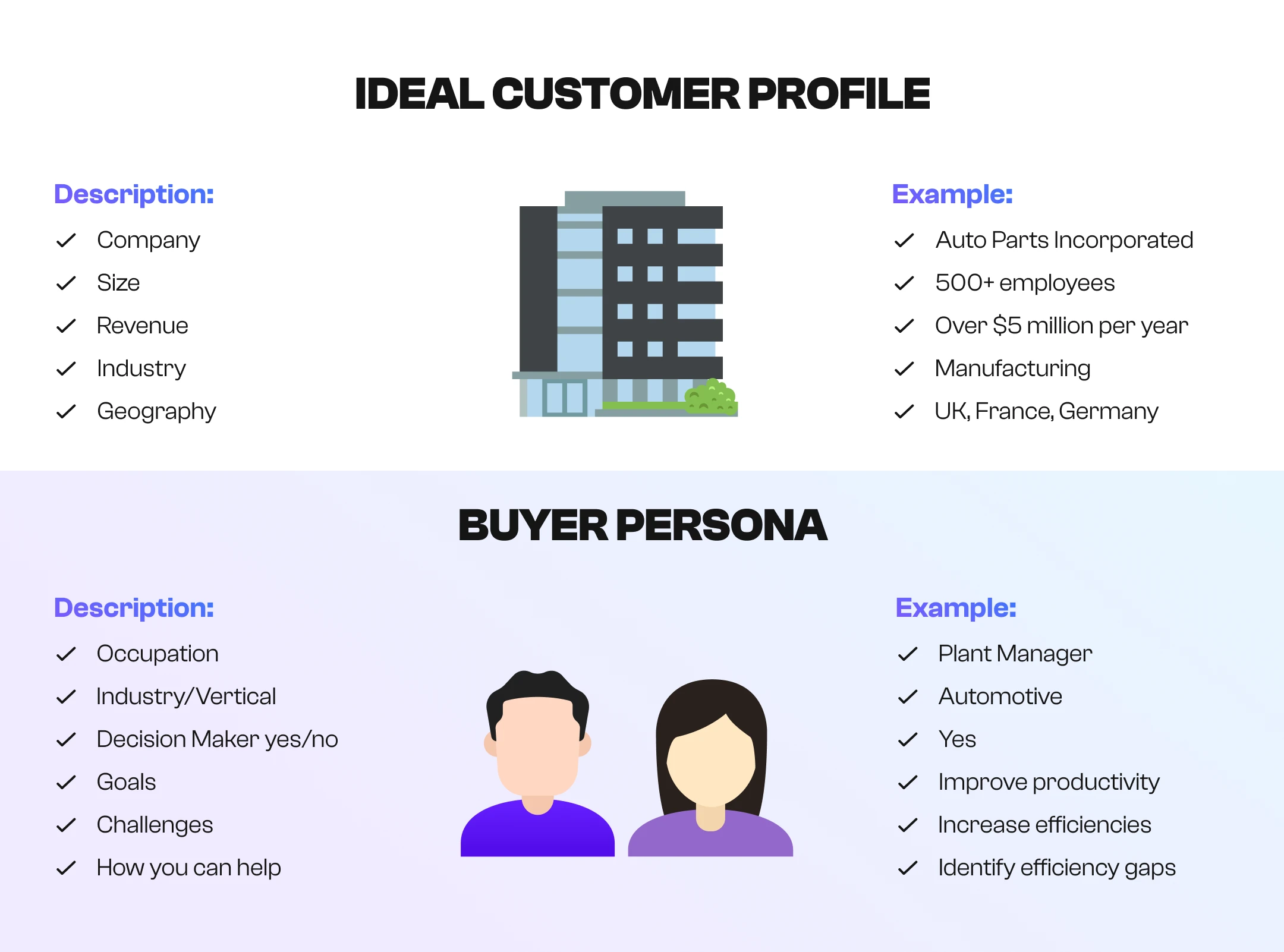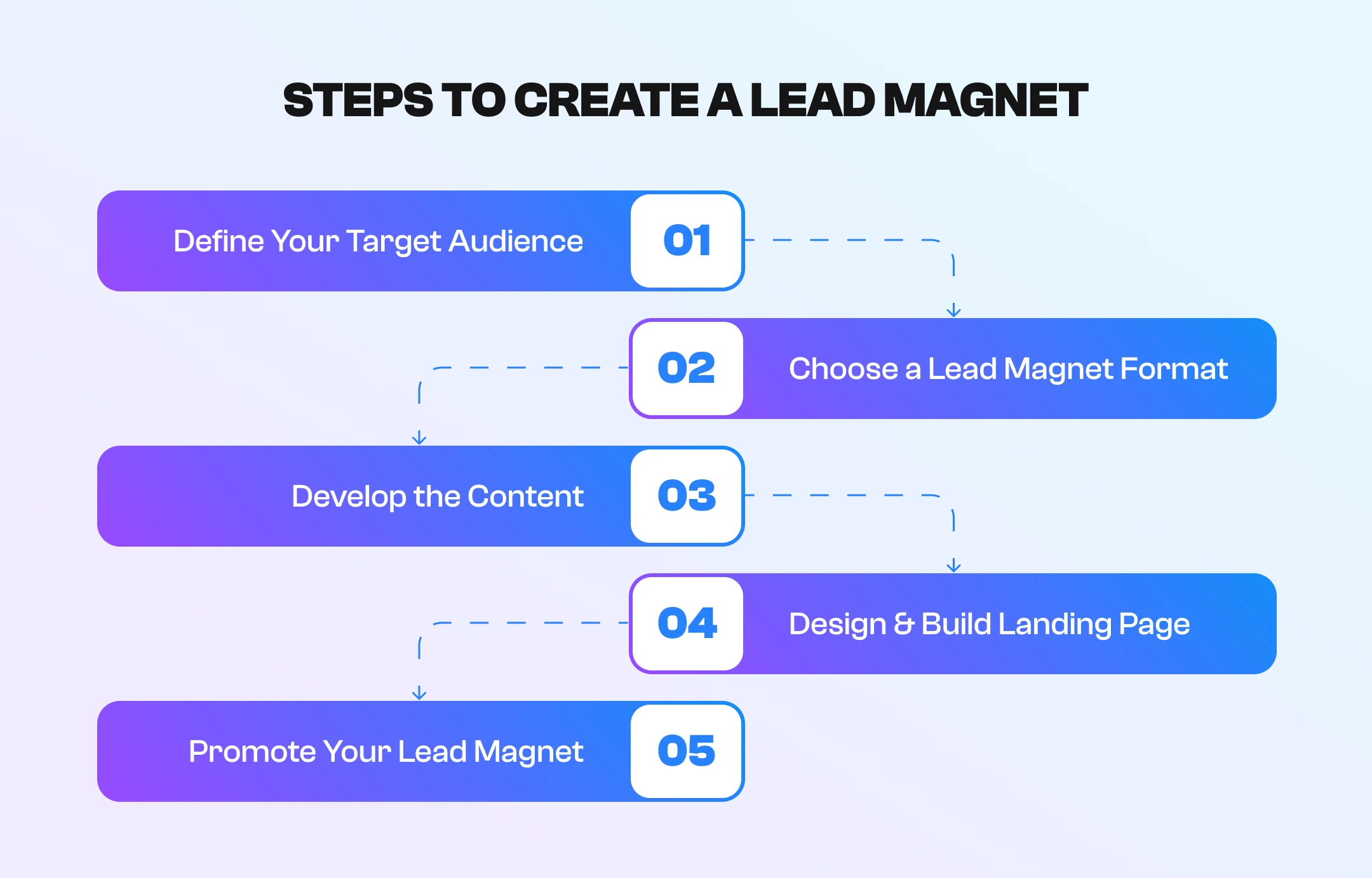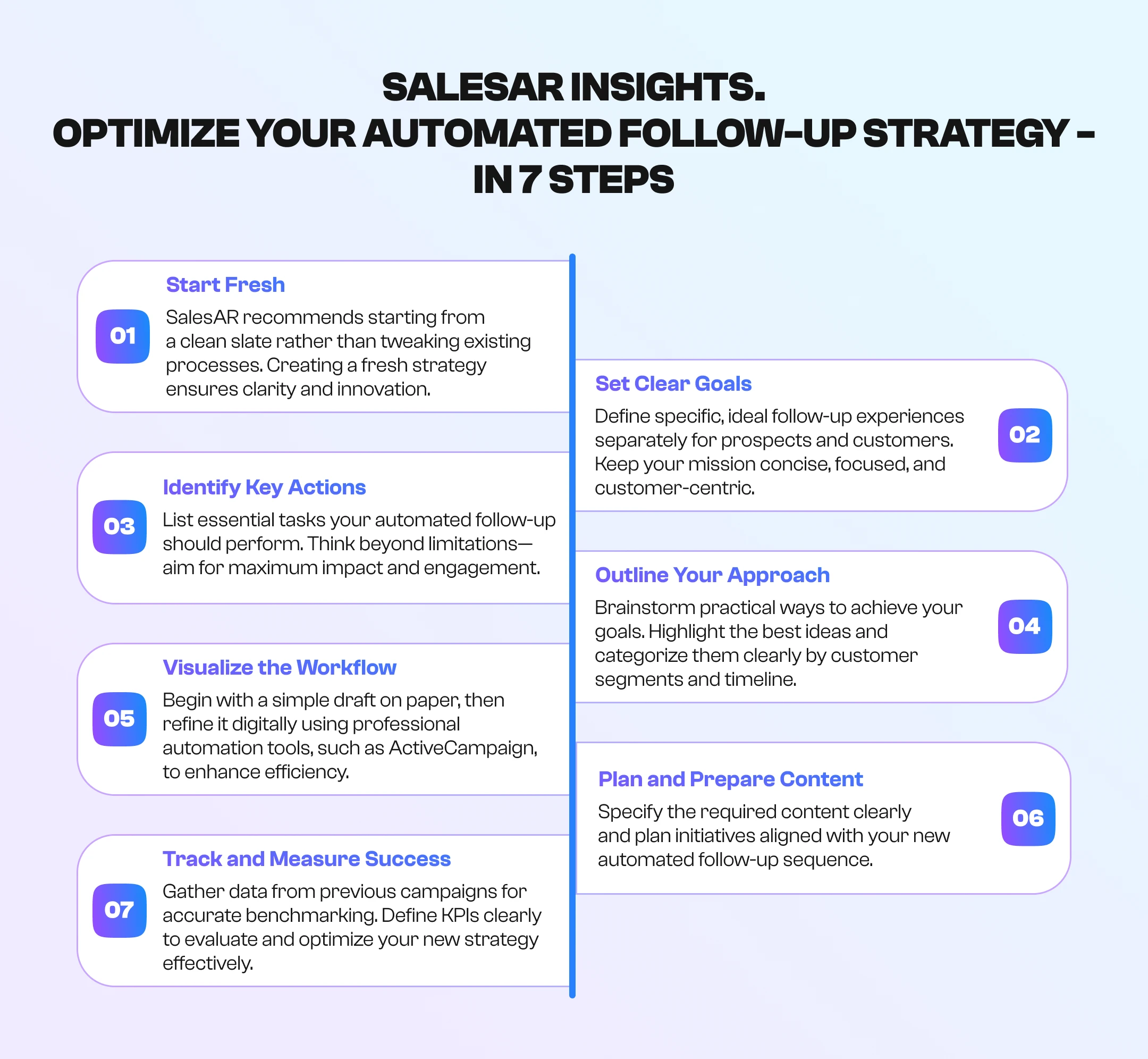It started with a single email—not a generic, spammy message, but a highly targeted, personalized cold email that landed in the inbox of a key decision-maker.
Three days later, we had a response. Two weeks later, we closed the deal. Six months later, that one email turned into a long-term partnership worth six figures.
This is the power of a well-structured lead generation funnel system—but to make it work, you first need to understand what a lead generation funnel is and how it moves prospects from cold to closed.
It’s not about sending mass emails into the void. It’s about precision, personalization, and strategic follow-ups—a process that turns cold prospects into loyal customers.
At SalesAR, we specialize in cold outreach solutions that combine email and direct marketing to help businesses land high-value clients. In this article, I’ll explain how to build a lead generation funnel that drives results and how you can leverage our expertise to scale your pipeline.
Inbound vs. Outbound: Why You Can’t Afford to Wait for Leads
Before we dive into tactics, let’s clarify what is a lead generation funnel and why outbound strategies outperform inbound. There’s just one problem: inbound leads take forever to convert.
- Closing an inbound lead takes 2-3 months.
- Outbound campaigns can generate meetings in weeks or even days.
- A well-crafted cold email can get a 15-20% response rate.
Here’s the bottom line: Inbound works—it’s slow and unpredictable. If you want to hit aggressive revenue targets, you can’t afford to sit back and wait. With a strategic lead generation funnel system, you take control, targeting decision-makers who match your ideal customer profile and guiding them through each stage.
“Outbound allows us to reach the right people, at the right time, with the right message—driving results faster.” – Anastasiia Kuznetsova.
Building an Outbound Lead Generation Funnel That Converts
Let’s be honest—building a B2B lead generation sales funnel sounds simple in theory. You find potential buyers, reach out, and close deals. But in reality? Most companies either wait too long for leads to come to them or burn through lists with cold emails that get ignored.
I’ve seen both happen too many times. Companies spend months creating blog posts, hoping inbound leads will roll in. Others send out mass emails that feel robotic and get deleted instantly.
The good news? There’s a proven process if you’re wondering how to build a lead generation funnel that works—one that gets responses, books meetings, and moves prospects down the sales pipeline.
Step 1: Defining Your ICP & Buyer Personas
Knowing your target audience is the first step to an effective lead generation funnel. Defining your ICP and buyer personas is critical to creating a B2B lead generation sales funnel that converts efficiently.

Many B2B marketers start by asking what is a lead generation funnel, especially when trying to build an efficient customer acquisition strategy.
- Identify your high-value prospects. Consider factors like industry, company size, and job role. If you’re in B2B sales, your best customers likely come from specific sectors or hold key decision-making positions.
- Use intent-based data. Not all leads are created equal. Some are actively searching for solutions, while others are just browsing. Tools like Bombora and G2 can help you identify companies showing strong buying signals.
- Leverage sales intelligence tools. Platforms like LinkedIn Sales Navigator, ZoomInfo, and Apollo provide real-time data on your target audience, helping you refine your outreach strategy.
“Outbound is all about targeting the right people. SalesAR uses real-time data and market insights to build laser-focused prospect lists that drive conversions.”
Step 2: Creating a Compelling Lead Magnet
People won’t give up their contact details without a good reason. A lead magnet—something valuable in exchange for their information—makes that process smoother.
- Offer high-value content. Whitepapers, case studies, industry reports, and exclusive webinars attract decision-makers seeking actionable insights.
- Keep it relevant. Your lead magnet should address a specific pain point your audience faces. For example, suppose you’re selling a sales automation tool. In that case, our guide on “How do we successfully generate leads for email campaigns?” will get more traction than a generic eBook on productivity. Download now.
- Optimize for conversions. Landing pages should be simple, with a clear call to action and minimal distractions. According to Formstack, reducing the number of form fields from four to three can increase conversions by up to 50%.

Step 3: Data-Driven Lead List Building
Once you’ve defined your ideal customers, the next step is building a high-quality, data-driven lead list. A strong list isn’t just a collection of names—it’s a curated database of decision-makers likely to engage and convert. Accurate prospect data is the backbone of any B2B lead generation sales funnel—the more precise your list, the higher your response rates and ROI.
Pro Tip: Gartner reported that B2B contact data can decay as rapidly as 70.3% annually—clean your lists regularly to maintain accuracy. A well-maintained list means fewer bounces, better deliverability, and more meaningful conversations.
AI-driven research tools like LinkedIn Sales Navigator, ZoomInfo, Apollo, and Seamless.AI help filter prospects by job title, industry, company size, and recent activities.
Manual prospecting also plays a role. Sales teams can use LinkedIn to analyze company structures, check hiring patterns, and spot decision-makers actively engaging with relevant industry content.
Validating Contact Information
Even the best prospect list is useless if your emails bounce. According to SalesIntel, 25-30% of B2B data becomes outdated yearly due to job changes, promotions, and company restructuring.
To keep your outreach effective:
- Email verification tools like Hunter, ZeroBounce, or NeverBounce are used to confirm deliverability.
- Cross-check contacts across multiple sources to ensure accuracy.
- Avoid relying on generic emails (e.g., info@company.com)—personalized outreach performs significantly better.
Segmenting by Engagement Level
Understanding how to build a lead generation funnel means knowing that not all leads are equal. Segmenting your list based on engagement level allows for more targeted outreach and higher conversion rates.
- Cold Prospects – I have never interacted with your brand. Require educational content and a soft approach.
- Warm Prospects – Have engaged with your emails, visited your website, or attended a webinar. Ideal for more direct outreach.
- Hot Prospects – These show strong intent, such as requesting a demo or responding positively to past interactions. Prioritize these for sales follow-ups.
Step 4: Crafting Cold Emails That Get Responses
In a B2B lead generation sales funnel, cold emails can open doors to meaningful conversations or be ignored entirely. The difference comes down to strategy—every word in your email should have a purpose. The goal isn’t to sell immediately but to spark interest and start a conversation. Here’s how to do it right.
Subject Lines That Drive Opens
Your subject line is the first (and sometimes only) thing your prospect sees. If it doesn’t grab attention, your email will not be read. To maximize open rates, keep it short, personalized, and curiosity-driven.
- Bad: “Let’s connect” (Too vague)
- Better: “[First Name], quick question about [Company]’s sales strategy” (Personalized & relevant)
- Best: “[Competitor] is doing this—should [Company] try it too?” (Curiosity-driven)
Klaviyo found that subscribers are less likely to open emails as subject lines become longer. Their data suggests that subject lines averaging 7 words achieve open rates of around 30%.
Understanding what is a lead generation funnel is crucial for guiding prospects from initial awareness to final conversion.
Value-Driven Messaging
Once the email is opened, the first sentence should hook the reader. The best cold emails focus on solving the recipient’s pain points, not selling a product.
- Make it about them. Mention a challenge they might be facing or a recent company development.
- Keep it short. Aim for 3-5 sentences—busy decision-makers won’t read long emails.
- Avoid generic pitches. Instead of “We offer the best sales automation software,” try “I noticed [Company] is growing fast—many teams in your position struggle with outbound efficiency. We helped [Similar Company] increase meetings by 35%—would it be worth a quick chat?”
Call-to-Actions That Convert
A good CTA makes it easy for the prospect to take the next step. Instead of demanding a meeting immediately, offer a low-friction action, such as a quick reply or a casual conversation.
- Weak CTA: “Let’s set up a call—when are you free?” (Too pushy)
- Better CTA: “Would it make sense to connect for 10 minutes next week?” (Soft ask, easy to commit to)
- Best CTA: “If this is relevant, happy to send over a quick case study—interested?” (Non-pushy & value-driven)
Data backs every email we send. We analyze open rates, reply rates, and A/B tests in every detail to optimize performance.
Refining subject lines, focusing on value, and using clear CTAs will boost engagement and increase the number of replies, turning cold emails into warm conversations.
Download our free PDF guide with proven cold email strategies — including subject lines that get opened, messages that convert, and CTAs that drive real engagement.
Step 5: Combining Email & Direct Marketing for Maximum Impact
A successful outbound sales funnel lead generation doesn’t rely on email alone. While cold emails are a key driver of engagement, decision-makers are bombarded with hundreds daily. Standing out requires a multi-channel approach that keeps you top-of-mind without feeling intrusive.
Here’s how we combine email with direct marketing to maximize impact:
Cold Calling & Voicemail Drops
Cold calling is far from dead—when done strategically, it significantly increases response rates. Instead of dialing blindly, we use cold calls to warm up leads before and after email outreach.
- Before an email: A quick introductory call makes the email more familiar.
- After an email: Following up with a call within 48 hours boosts response rates.
- Voicemail drops: A short, friendly message can add a personal touch without requiring the prospect to pick up.
LinkedIn Engagement
Decision-makers are highly active on LinkedIn, making it a perfect channel for strategic outreach. Instead of sending random connection requests, we engage first to build familiarity:
- Commenting on their posts or company updates.
- Sending a connection request with a personalized note.
- Sharing valuable content that aligns with their interests.
- Following up with a direct message referencing a relevant post or company milestone.
Integrating LinkedIn engagement into your sales funnel lead generation process makes outreach more organic, improving acceptance rates and engagement.
Personalized Direct Mail
Physical touchpoints can break through the digital noise. High-value prospects receive personalized letters, reports, or even small gifts that make them take notice.
- A handwritten note thanking them for their time.
- A printed industry report relevant to their business.
- A small, branded gift that ties into your product or service.
According to the Data & Marketing Association (DMA), direct mail achieves a 4.4% response rate.
Retargeting Ads
Even if a lead doesn’t reply immediately, they shouldn’t forget you. Retargeting ads on LinkedIn and Google ensure your brand stays in front of them after the first touchpoint.
- Targeting website visitors who clicked but didn’t convert.
- Serving LinkedIn ads to leads who opened an email but didn’t reply.
- Running Google Display ads to reinforce your message across different sites.
Why Multi-Channel Works
No single outreach method guarantees success, but using multiple channels creates a consistent, personalized experience. A multi-channel lead generation sales funnel combines email, calls, LinkedIn, direct mail, and retargeting to maximize response rates and drive higher conversions.
Step 6: Turning Conversations into Conversions
Getting a response is just the beginning. The real challenge? Keeping leads engaged and moving them through the funnel until they’re ready to buy. In funnel lead generation, decision-makers rarely convert after a single touchpoint—it takes structured follow-ups to turn initial interest into action.
Here’s how we nurture leads effectively:
Lead Scoring: Prioritizing High-Intent Prospects
Not every lead deserves the same level of attention. Lead scoring helps prioritize high-value prospects based on their engagement level and intent signals.
We assign scores based on the following:
- Email engagement: Open rates, replies, and link clicks.
- Website activity: Visiting key pages like case studies or pricing.
- Firmographic data: Company size, revenue, and industry fit.
- Direct responses: Leads who reply with specific questions or show urgency.
High-scoring leads move to direct sales outreach, while lower-scoring leads enter longer nurturing sequences until they show stronger intent.
Automated Follow-Ups: Keeping Leads Engaged
Most leads won’t reply after the first email, and that’s normal. But persistence—without being pushy—is key. This follow-up process is part of our proven lead generation funnel system, ensuring no prospect slips through the cracks.
A structured follow-up sequence might look like this:
- Day 1 – Intro email with value-driven messaging.
- Day 3 – Follow up with additional insight or case study.
- Day 7 – Light check-in with a new angle.
- Day 14 – Personal note with a soft CTA.
- Day 21+ – Move to a long-term nurture sequence if there is no response.
Each touchpoint is designed to add value, whether sharing a relevant article, a customer success story, or an industry trend.

Personalized Sales Outreach: Direct Conversations That Convert
Once a lead shows intent (e.g., responds positively, clicks a pricing link, or requests a demo), it’s time for direct outreach from SDRs or Account Executives.
This stage focuses on:
- Deepening the conversation. Understanding pain points, challenges, and priorities.
- Offering tailored solutions. Positioning your product/service in a way that directly addresses their needs.
- Scheduling calls or demos. Moving the prospect closer to a decision.
“Most sales happen after 5+ touches. That’s why we structure follow-up sequences that keep us top-of-mind without being annoying.”
We combine lead scoring, automation, and personalized outreach to ensure no opportunity is overlooked. This funnel lead generation approach results in more meaningful conversations, higher conversion rates, and a scalable system for turning interest into revenue.
Step 7: Tracking & Optimizing Your Outbound Funnel
Even the most well-optimized B2B lead generation sales funnel requires ongoing fine-tuning based on real-time data. What worked last month might not work today. That’s why tracking key metrics and optimizing based on real data is essential for maintaining high performance and ROI.
Here’s how we measure success and continuously improve results:
Response & Meeting Rates: What Messaging Works Best?
The first sign of a healthy outbound funnel is engagement. We track:
- Email open rates – Are subject lines grabbing attention?
- Reply rates – Are prospects responding to our messaging?
- Meeting booking rates – Are we effectively converting replies into conversations?
If response rates drop, we A/B test subject lines, email length, and CTA variations to see what resonates best.
Conversion Rates: How Many Meetings Turn Into Sales?
Getting meetings is great, but how many turn into closed deals? We track:
- Lead-to-opportunity rate – How many meetings result in a sales opportunity?
- Opportunity-to-close rate – How many deals are won?
If conversions dip, it’s a signal to adjust your lead generation funnel system—whether that’s refining your ICP, improving messaging, or optimizing follow-ups.
Cost Per Lead & ROI: Is the Funnel Profitable?
Outbound sales need to be scalable and profitable. We analyze:
- Cost per lead (CPL) – Are we acquiring leads efficiently?
- Customer acquisition cost (CAC) – How much are we spending to close a deal?
- Return on investment (ROI) – Are outbound efforts generating profitable growth?
If costs are too high, we adjust targeting, optimize outreach cadences, or refine our lead qualification process.
Data is the heart of our lead generation sales funnel. Real-time analytics, AI insights, and continuous A/B testing guide every decision. Data analysis and continuous optimization are the foundation of any successful sales funnel lead generation, scaling what works and eliminating what doesn’t.
“Outbound isn’t a set-it-and-forget-it game. The best teams analyze, tweak, and scale continuously.”
Why Companies Trust Our Cold Outreach Solutions
An effective lead generation sales funnel isn’t just about sending emails—it’s about building meaningful connections that consistently convert into revenue.
At SalesAR, we specialize in building and optimizing B2B lead generation sales funnels that blend hyper-personalization, data-driven targeting, and multi-channel engagement.
Here’s what sets us apart:
Hyper-Personalized Email Sequences
We don’t believe in mass emails. Every message is customized based on the prospect’s role, industry, and challenges, making it feel relevant and valuable. We refine subject lines, messaging, and CTAs by analyzing engagement data to maximize response rates.
Direct Marketing That Stands Out
In a world flooded with digital noise, physical touchpoints make an impact. From handwritten letters to branded gifts and printed reports, we use direct mail strategies that grab attention and drive engagement, an essential part of effective funnel lead generation that nurtures prospects through every stage of the buyer’s journey.
AI-Powered Lead Targeting
Finding the right decision-makers is critical. We leverage AI-driven research tools and real-time intent signals to ensure we reach prospects who are actively seeking solutions. This results in higher engagement and better conversion rates.
Sales-Driven Follow-Up Sequences
Most deals don’t close after the first touch. Our structured follow-up sequences keep prospects engaged without being intrusive. From automated email workflows to SDR-led outreach, we ensure no opportunity slips through the cracks.
Together, these tactics demonstrate how to build a lead generation funnel that converts by combining personalization, precision targeting, and consistent engagement across multiple touchpoints.
Client Success Story
One of our recent campaigns helped a SaaS company triple its outbound response rate, generating $500K in pipeline within 90 days. We cut through the noise by combining hyper-personalized emails, LinkedIn engagement, and direct mail, connecting them with high-value prospects.
Book a strategy call with Anastasiia Kuznetsova today and discover how to build an outbound funnel that generates real results.
Final Thoughts
Companies that succeed with outbound marketing don’t rely on one channel or a single-touch approach. They understand how to build a lead generation funnel using data-driven targeting, personalized messaging, and a multi-channel strategy to engage decision-makers and efficiently move them through the funnel.
If you’re looking to scale outbound sales with a proven system that drives real conversations and measurable results, it’s time to rethink your approach. When built correctly, sales funnel lead generation becomes a predictable, scalable engine for growth.
Are you ready to create a funnel lead generation process that aligns with your revenue goals? Let’s make it happen.
We help you fill your pipeline with qualified B2B meetings — so you can focus on closing more deals, not chasing them.


